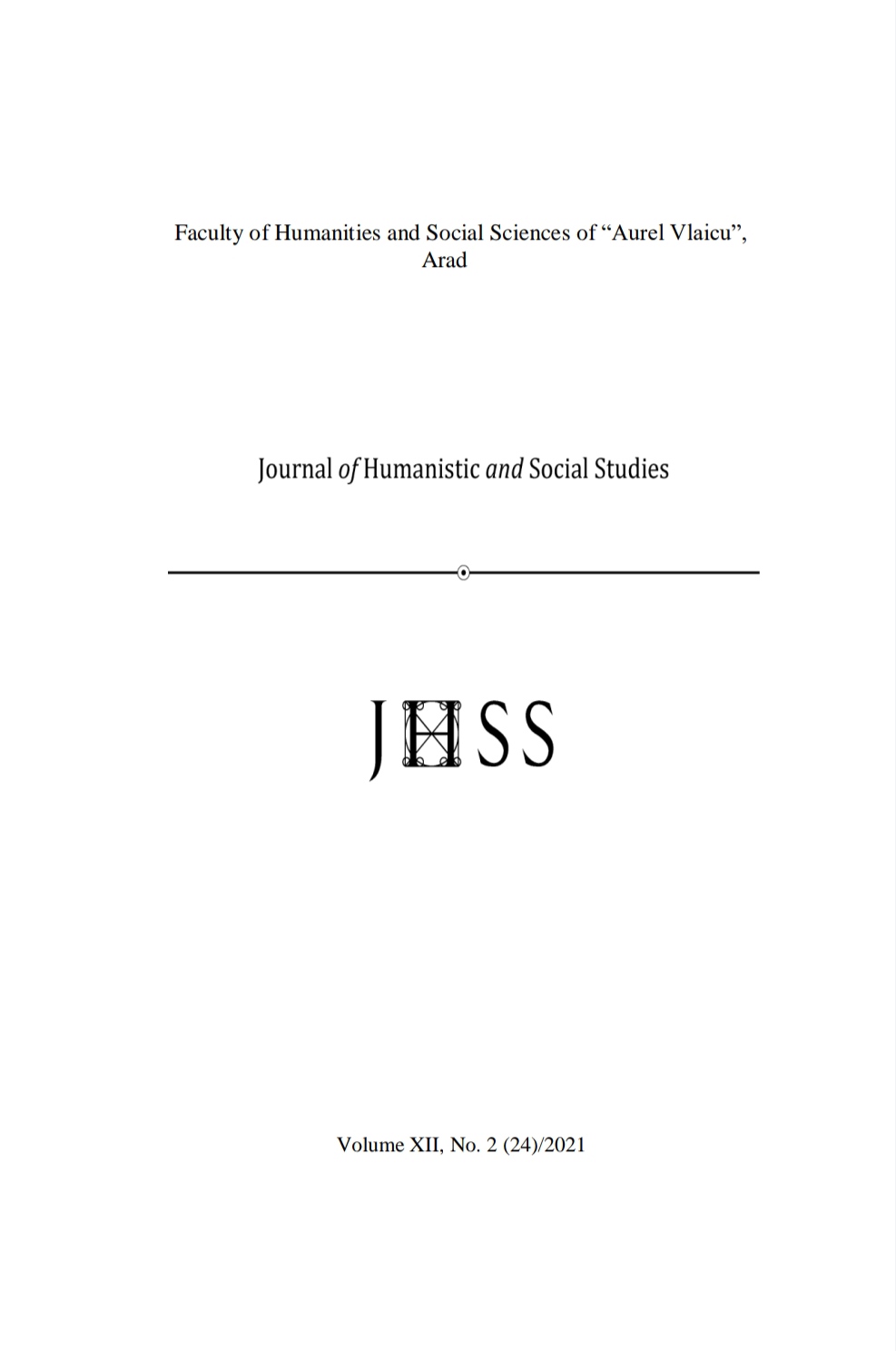The Narrative of Manufactured Division and Artificial Segregation in Train to Pakistan and Cracking India
The Narrative of Manufactured Division and Artificial Segregation in Train to Pakistan and Cracking India
Author(s): Sheikh ZobaerSubject(s): Language and Literature Studies, Political history, Comparative Study of Literature, Other Language Literature
Published by: Editura Universității Aurel Vlaicu
Keywords: Partition; Violence; Diaspora; Religion; South Asia;
Summary/Abstract: Indian author Khushwant Singh’s novel Train to Pakistan, and Pakistani author Bapsi Sidhwa’s novel cracking India recount the events of the partition of India. Both the novels are written against the backdrop of India’s partition from different perspectives. The setting of Train to Pakistan is a rural Indian village called Mano Majra close to the India-Pakistan border in Punjab, whereas Cracking India mostly depicts the Pakistani city Lahore during the tumultuous period of partition. Despite this difference, both the authors are in dialogue with each other in terms of their treatment of India’s partition where they highlight how the partition disrupted communal harmony and incited violence in the Indian subcontinent. Both the authors speak to each other when it comes to the portrayal of India’s socio-cultural diversity, the increasing communal tension during partition, riots, and mass migration. In this essay, I will investigate how both the authors are in dialogue with each other when it comes to the portrayal of India’s partition through which they highlight the negative outcomes of the partition and call into question the success of the partition of India.
Journal: Journal of Humanistic and Social Studies
- Issue Year: 12/2021
- Issue No: 2
- Page Range: 75-88
- Page Count: 14
- Language: English

